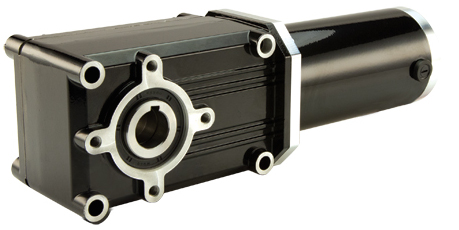Gearmotors can be built around either an ac or dc electric motor. The choice of motor type depends on a number of factors.
In general, dc gearmotors, particularly brushless dc motors, have really good speed regulation properties, so they’re usually preferred in applications requiring tight variable speed control. However, over the years, ac gearmotors have gotten better at speed control, to the point where many are competitive with their dc counterparts.
Another factor is maintenance. Ac gearmotors generally require less maintenance and so are better for applications involving hard to reach areas or where environmental factors are more of a concern. By and large, most industrial gearmotors use ac motors, usually fixed-speed motors.
There’s also cost. Dc gearmotors are typically a bit more expensive than comparable ac gearmotors, due in large part to their speed regulation properties.








Leave a Reply
You must be logged in to post a comment.